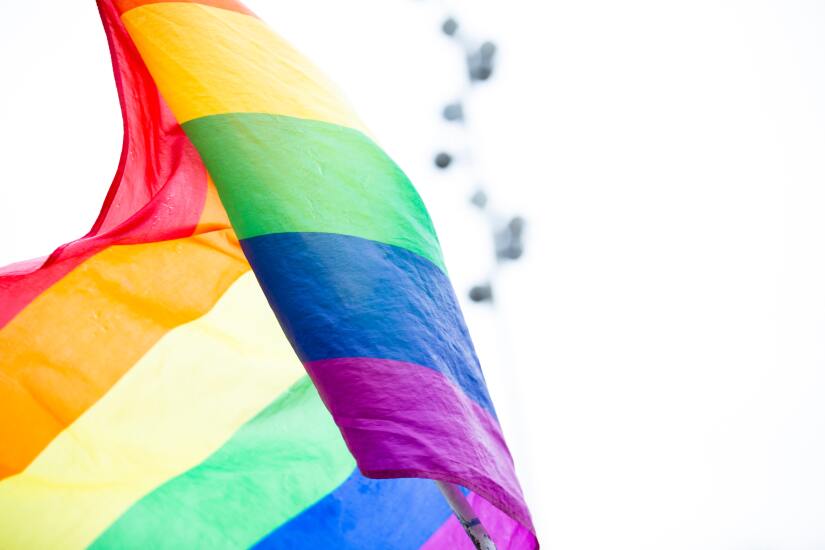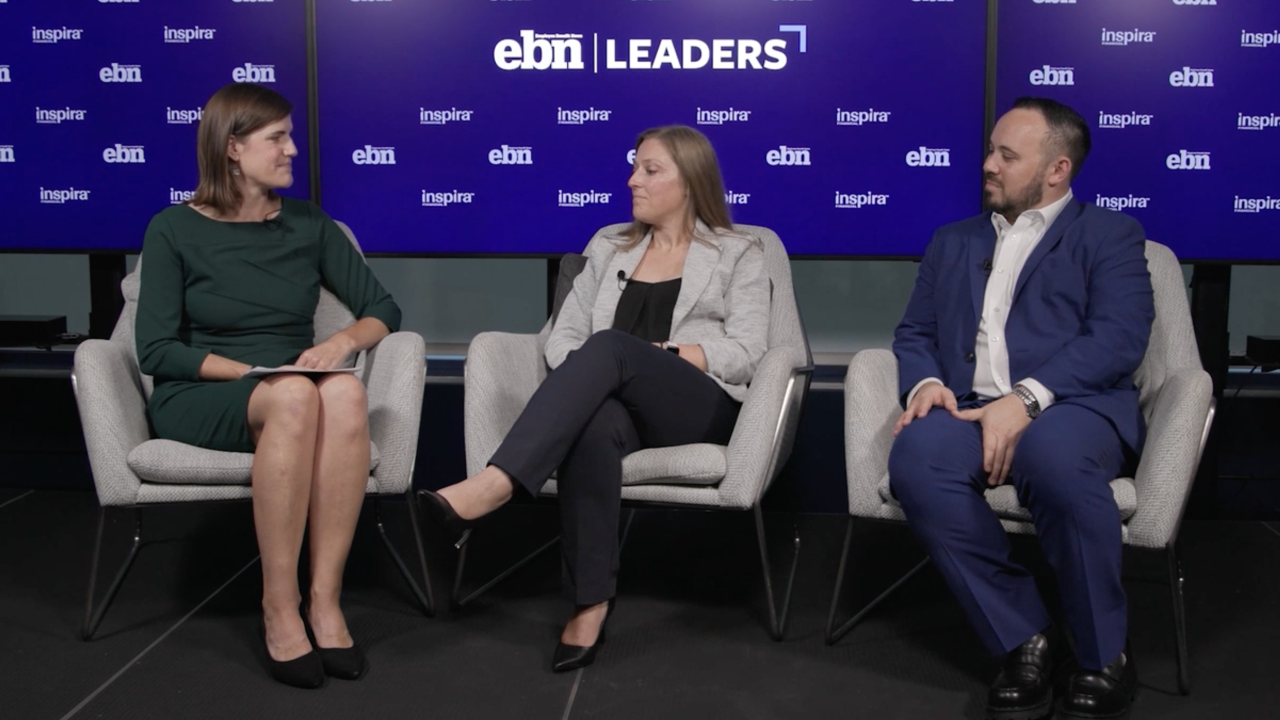LGBTQ employees are taking a stand against workplace benefits and policies that don’t allow them to bring their
Eleven million Americans identify as lesbian, gay, bisexual or transgender, 88% of whom are employed, according to the National LGBTQ Workers Center. This population has struggled to
Read more:
This week’s top stories from Employee Benefit News explore how workplaces can better support their LGBTQ employees — from more inclusive job postings, combatting virtual harassment and providing healthcare benefits that support the full spectrum of care and support these employees need.






